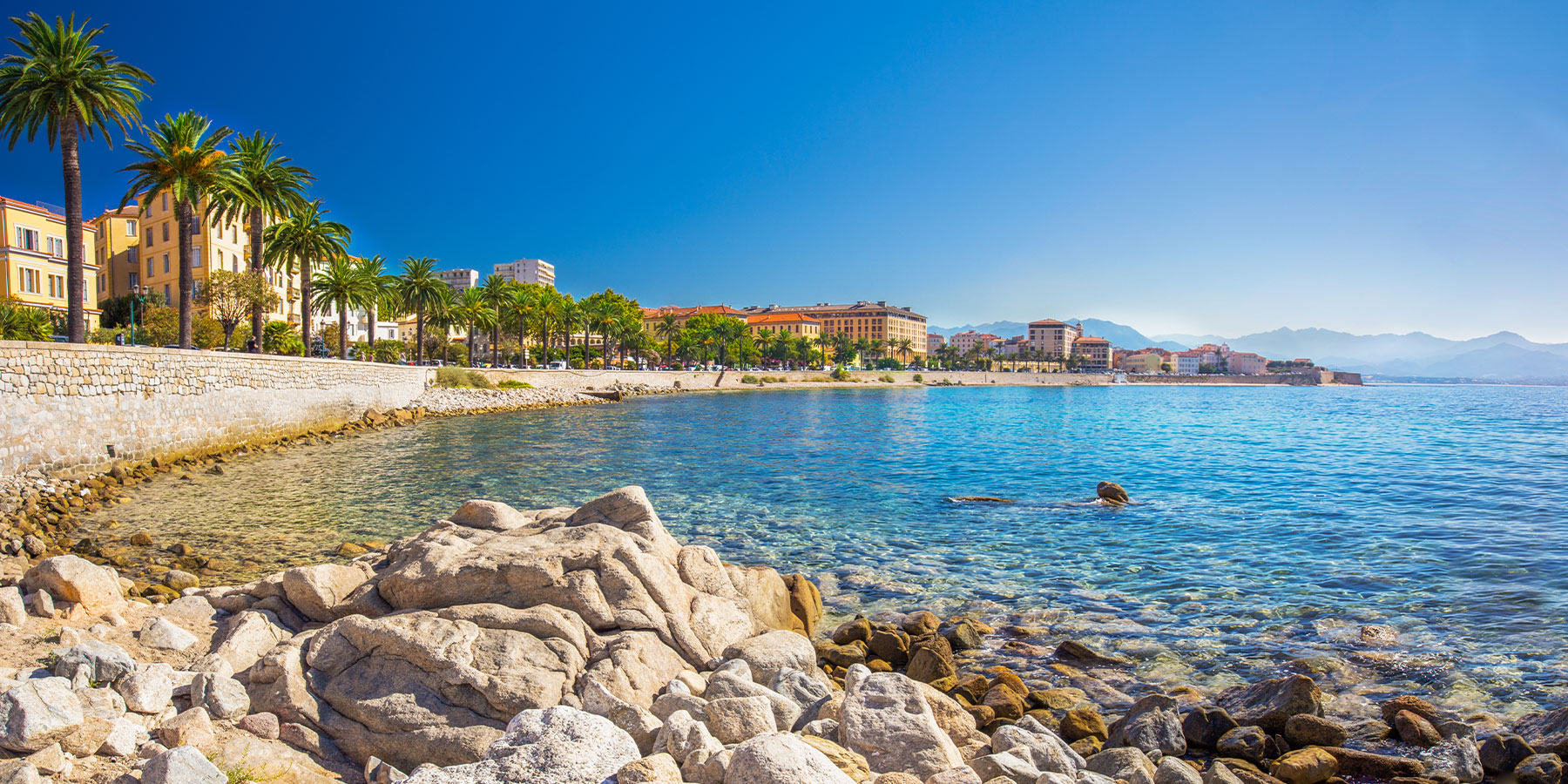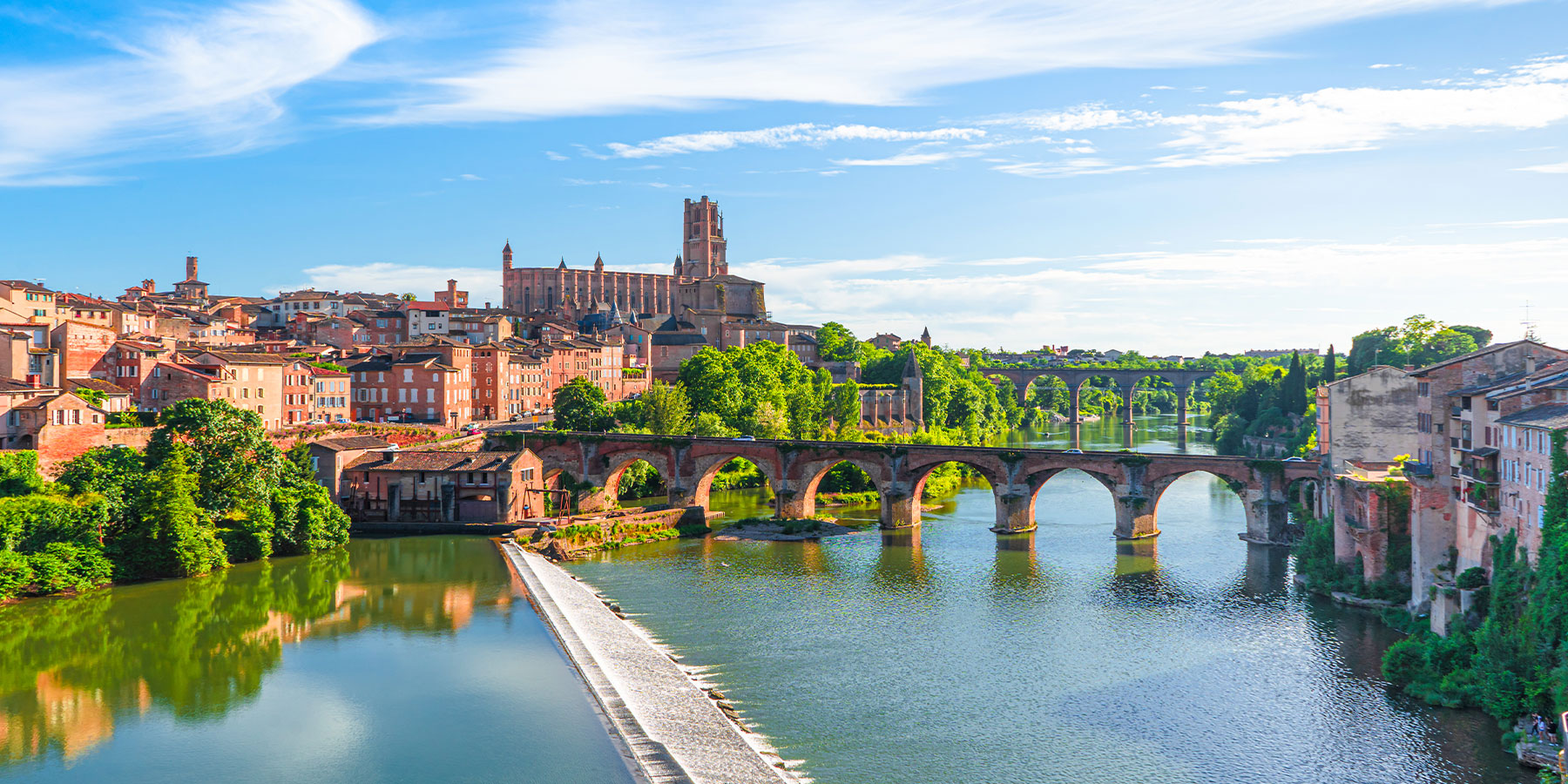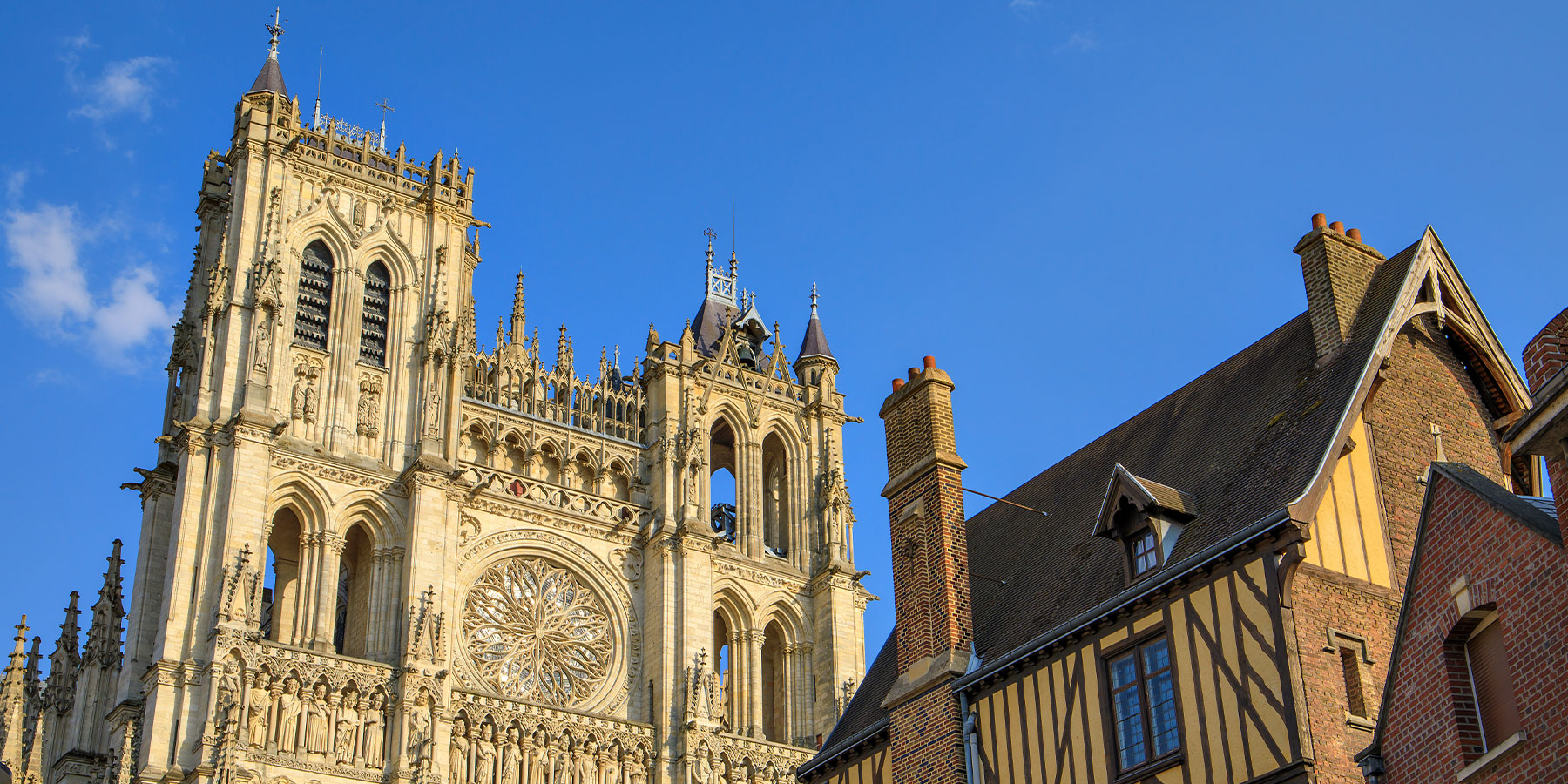
National Baths of Aix-les-Bains

This point of interest is available as audio on the tour: Visit Aix-Les-Bains, The Alpine Riviera
You’re standing before one of France’s most iconic spa complexes: the National Baths of Aix-les-Bains. Here, over two thousand years of history unfold at a glance, blending ancient traditions, Belle Époque architecture, and visions for the future. It all begins with nature’s incredible gift, hot springs bursting from the ground. As early as the 1st century BC, the Romans built a vast thermal complex spanning over 6,000 square meters, dedicated to Bormanus, their healing god.
Back then, the town was called Aquae, Latin for “the waters.” After the fall of the Roman Empire, the baths were abandoned, buried beneath mudslides, and forgotten for centuries. It wasn’t until 1772, when the Duke of Chablais, son of the King of Sardinia, visited, that Aix’s waters regained their popularity. Ten years later, Victor Amadeus III commissioned the first modern thermal building, the Royal Bathhouse.
At the century’s close, a dramatic discovery by surgeon Perrier unearthed ruins of the ancient Roman baths, sparking excitement and drawing the first romantic-era visitors eager to glimpse these marvels of the past. By 1832, with the influx of spa guests, an annex called the “Albertine” was built under Charles Albert of Savoy. Mid-century, architect Charles-Bernard Pellegrini was tasked with designing a new facility.
Construction began in 1857 but stalled due to funding shortages, until Napoleon III stepped in 1860, securing the project in exchange for transferring the site to the French state. Pellegrini’s neoclassical baths used only local materials and were organized around two courtyards and large semicircular pools. The 1930s brought a spectacular expansion: the New Baths designed by Roger Pétriaux, featuring an Art Deco building crowned by a luminous dome, luxurious cabins adorned with mosaics and marble, testimony to the era’s elegance.
An administrative tower was added in the 1970s, marking the site’s last major transformation. Today, parts of the National Baths are protected as Historic Monuments. After closing to the public in 2008, an ambitious redevelopment is underway. Designed by architect Vincent Callebaut, it envisions two green towers rising from the historic base, alongside new housing, shops, services, and a museum space.
This museum will finally showcase the Roman ruins still hidden beneath the foundations, long neglected but now poised to reclaim their rightful place in the city’s visible history. A new chapter is beginning for this landmark site, continuing its millennia-old mission of innovation dedicated to wellbeing.


Discover Aix-Les-Bains with app
An interactive guide through the most beautiful streets, squares, and districts
14 fun audioguides full of historical facts, anecdotes, and legends





Comments